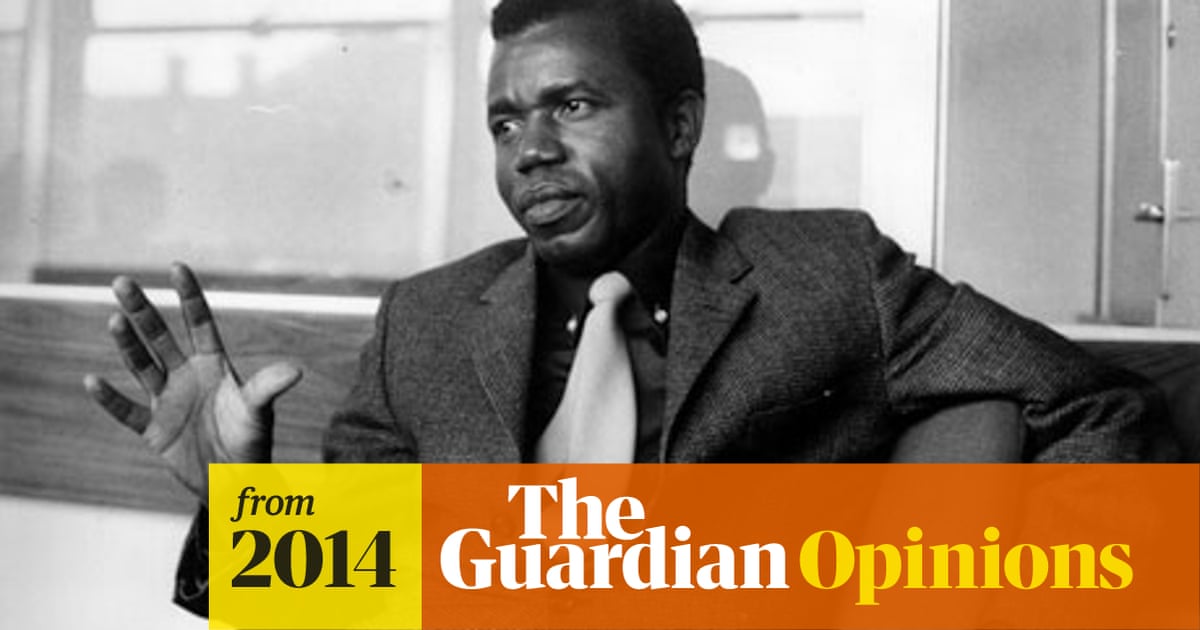So what would be a more productive way to approach adversity? Friedman, the former medical director of the Cornell mental-health program, compares building resilience to physical exercise. “It’s like any form of strength training,” he told me. “People have no hesitation about going to the gym and suffering, you know, muscle pain in the service of being stronger and looking a way that they want to look. And they wake up the next day and they say, ‘Oh my God, that’s so painful. I’m so achy.’ That’s not traumatic. And yet when you bring that to the emotional world, it’s suddenly very adverse.”
The problem is that this idea—that to develop resilience, we must tough out hard situations—places a heavier burden on some people than others. Friedman pointed out that people who grew up under constant stress, perhaps owing to abuse, poverty, or food insecurity, may find that this stress is “erosive” to their ability to use those resilience muscles. The exercise metaphor rankled Michael Ungar, the director of the Resilience Research Centre at Dalhousie University, in Halifax, Canada. “Chronic exposure to a stressor like racism, misogyny, being constantly stigmatized or excluded, ableism—all of those factors do wear us down; they make us more susceptible to feelings that will be very overwhelming,” he told me. There are, after all, only so many times a person can convince themselves that they can persevere when it feels like everyone around them is telling them the opposite.
Tyffani Monford Dent, a clinical psychologist and an author whose work focuses on sexual violence and racial trauma, calls this “the resiliency trap.” Black women in particular, she told me, have long been praised for their toughness and perseverance, but individual resiliency can’t solve structural problems. From Dent’s perspective, young people aren’t rejecting the concept of inner strength; they are rejecting the demand that they navigate systemic injustice with individual grit alone. When they talk about harm and trauma, they aren’t exhibiting weakness; they’re saying, Yes, I am vulnerable, and that’s human. These days, patients are being more “transparent about what they need to feel comfortable, to feel safe, to feel valued in this world,” she said. “Is that a bad thing?”
Most of the experts I spoke with were careful to distinguish between an individual student asking a professor for a specific accommodation to help them manage a past trauma, and a cultural inclination to avoid challenging or upsetting situations entirely. Thriving requires working through discomfort and hardship. But creating the conditions where that kind of resilience is possible is as much a collective responsibility as an individual one.
If we want to replace our culture of trauma with a culture of resilience, we’ll have to relearn how to support one another—something we’ve lost as our society has moved toward viewing “wellness” as an individual pursuit, a state of mind accessed via self-work. Retreating inward, and tying our identities to all of the ways in which we’ve been hurt, may actually make our inner worlds harder places to inhabit.
“If everything is traumatic and we have no capacity to cope with these moments, what does that say about our capacity to cope when something more extreme happens?” Ungar said. “Resilience is partly about putting in place the resources for the next stressor.” Those resources have to be both internal and external. Social change is necessary if we want to improve well-being, but social change becomes possible only if our movements are made up of people who believe that the adversities they have faced are surmountable, that injustice does not have to be permanent, that the world can change for the better, and that they have the ability to make that change.
To help people build resilience, we need to provide material aid to meet basic needs. We need to repair broken community ties so fewer among us feel like they’re struggling alone. And we need to encourage the cultivation of a sense of purpose beyond the self. We also know what stands in the way of resilience: avoiding difficult ideas and imperfect people, catastrophizing, isolating ourselves inside our own heads.
In my interviews with women who have experienced sexual violence, I try not to put the traumatic event at the center of our conversations. My aim instead is to learn as much as I can about them as people—their families, their work, their interests, what makes them happy, and where they feel the most themselves. And I always end our conversations by asking them to reflect on how far they’ve come, and what they are proudest of.
That last question often elicits a powerful response. I started asking it because I hoped to let the women I met feel seen in full, beyond the worst things that had happened to them.

 www.theguardian.com
www.theguardian.com




 Innocent kid that I was, I didn't tell my parents. I should have, and I can't now.
Innocent kid that I was, I didn't tell my parents. I should have, and I can't now. 